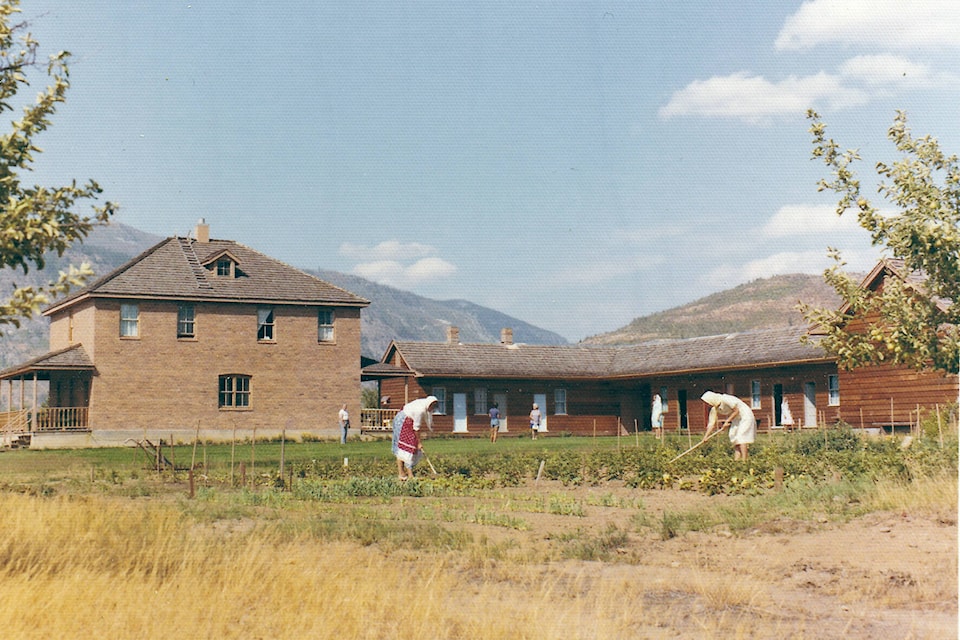Submitted by Ryan Dutchak, Doukhobor Discovery Centre
The Doukhobor Discovery Centre (DDC) is celebrating its 50th anniversary this year.
The museum officially opened on Nov. 13, 1971. Opening celebrations drew roughly 400 people, including local politicians, Selkirk College faculty, and members of British Columbia’s Doukhobor community. Guests were treated to singing performances from the local Doukhobor Student Choir and a traditional Doukhobor vegetarian meal that included borshch and pyrohi.
The day was also filled with several speeches from local politicians and Doukhobor community members. Former Kinnaird mayor, Colin Maddocks, spoke about how the opening of a Doukhobor museum would strengthen feelings of “unity and cooperation between Doukhobor people and other local citizens.”
John J. Verigin Sr., chairman of the Union of Spiritual Communities of Christ (USCC), stated that the opening of the museum proved that people “can work and build together regardless of the differences in religion, race, or nationality.”
Cooperation and unity were key themes in the speeches given by Maddocks and Verigin because they were central to the construction of the DDC.
In fact, the idea to build a replica Doukhobor village as a museum did not originate in the Doukhobor community. Rather, the idea was first proposed by Selkirk College faculty members. They felt the need to preserve the Doukhobors’ history in the area as a part of Canada’s multicultural heritage.
RELATED: Doukhobor museum partnership to create virtual museum tours
Members of the Doukhobor community soon became involved. They played a key role in measuring old Doukhobor villages in Glade, Pass Creek, and Ootischenia. The DDC was built following the design of these villages. Doukhobor community members were also responsible for contacting local businesses for building supplies. Overall, the museum became a reality because of the cooperation amongst diverse members of the local community.
Near the end of the day, Verigin also talked about his dreams for the centre’s future. He hoped that the museum would help contribute to the education of many people. He also wished that it would become a “meeting place” where individuals could come together “in friendship and common purpose.”
Fifty years later, the DDC continues to meet Verigin’s wishes. Every year the DDC welcomes thousands of visitors wanting to learn more about the Doukhobors’ history and their contributions to Canada. The museum constantly strives to share the Doukhobors’ culture and their experiences with as many people as possible. It is a meeting place for graduations, weddings, and other events where individuals come together and gather in celebration and friendship.
The DDC is continuing its growth. It is hoped that the opening of a new public archive, known as the Doukhobor Archives and Research Centre (DARC), will turn to the DDC into a true campus of learning.
Sources: “Doukhobor Communal Home Officially Opened” Iskra, no. 13. 3 December 1971.
RELATED: History of the Doukhobor Grain Elevator at Brilliant
newsroom@castlegarnews.com
Like us on Facebook and follow us on Twitter
